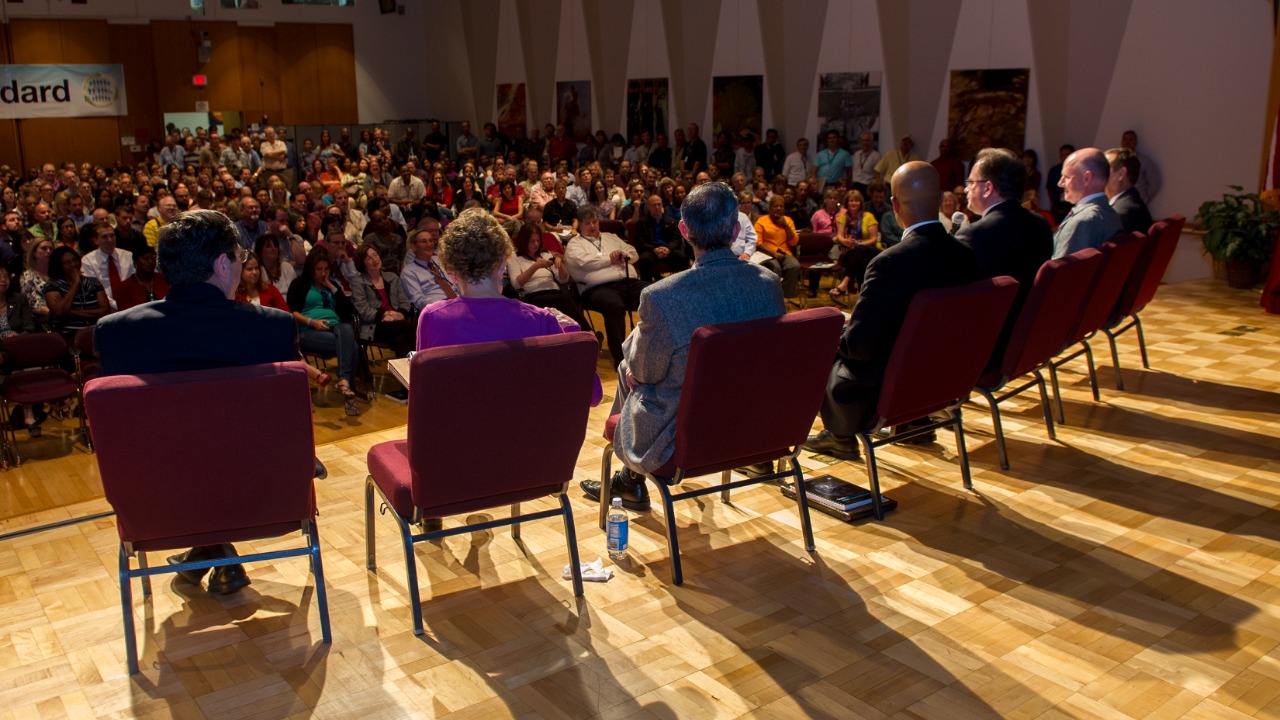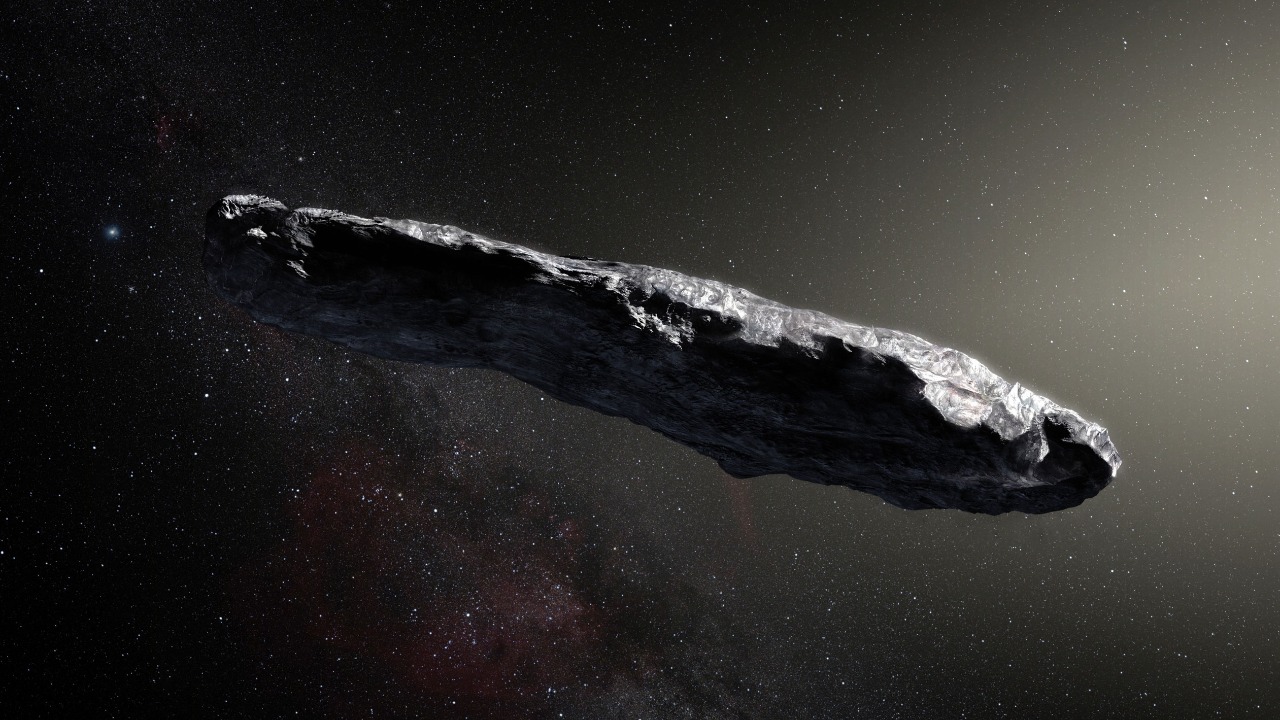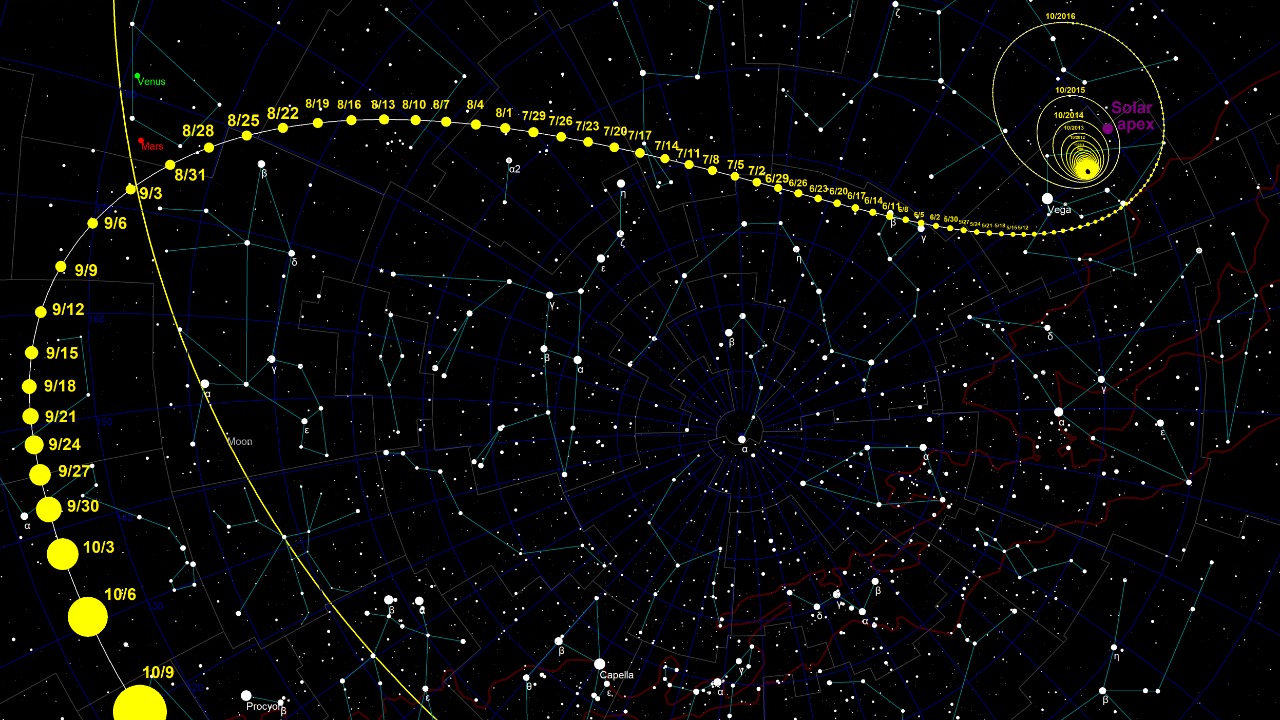
In 2017, the tranquil expanse of our solar system was graced by an unexpected visitor. This wasn’t a new comet or asteroid, but rather a mysterious, cigar-shaped object that moved in such an unusual way, it left scientists scratching their heads. One scientist, however, ventured into the realm of the extraordinary with a hypothesis—could this object be an alien spacecraft?
1. The Mysterious Object: Oumuamua

The object in question, named Oumuamua (a Hawaiian term meaning “scout”), was indeed mysterious. Its unusual shape, about 800 meters in length but only 80 meters wide, resembled that of a cigar—quite unlike any comet or asteroid we’ve encountered before. Its size wasn’t the only thing that intrigued scientists; Oumuamua’s high speed and trajectory also suggested it originated from outside our solar system.
On top of its unusual shape and speed, Oumuamua’s trajectory was unlike any other known object in our solar system. It entered our solar system from above the plane where the planets orbit the Sun, moved around the Sun, and then shot back out of the plane. This trajectory, combined with its high speed, led scientists to conclude that it was likely an interstellar object: a visitor from another star system.
2. The Extraterrestrial Hypothesis

One scientist, Dr. Avi Loeb, took the analysis of Oumuamua a step further. Dr. Loeb, a celebrated astrophysicist from Harvard University, proposed a hypothesis that Oumuamua might not just be a simple interstellar object, but potentially an alien craft. He based his hypothesis on a number of factors, which include Oumuamua’s atypical shape and motion. In his book, “Extraterrestrial”, he provides a comprehensive account of his hypothesis and the evidence he uses to support it.
However, not all scientists subscribe to Dr. Loeb’s hypothesis. Many suggest that Oumuamua is a natural object, albeit an unusual one. Some propose that it could be a fragment from a larger body that was ripped apart by gravitational forces during a close encounter with a star. Despite the skepticism, Dr. Loeb’s hypothesis has sparked a lively debate within the scientific community.
3. The Debate on Interstellar Objects

Interstellar objects like Oumuamua present a conundrum for scientists. Their rarity makes them difficult to study, and their unusual characteristics challenge our understanding of what comets and asteroids should look like. The debate centers around whether these objects are natural or artificial. The majority of scientists lean towards the natural explanation, but there are those, like Dr. Loeb, who don’t rule out the possibility of an extraterrestrial origin.
The discovery of Oumuamua has also intensified discussions about the need for more comprehensive observational facilities. Currently, there are a few projects, like the Large Synoptic Survey Telescope (LSST), that might help in the detection and study of more such objects in the future.
4. The Implications of the Alien Craft Hypothesis

If Dr. Loeb’s hypothesis were to be correct, the implications would be profound. It could mean that we are not alone in the universe and that there could be advanced civilizations out there capable of building interstellar spacecrafts. This would revolutionize our understanding of life beyond Earth and potentially reshape the future of space exploration. It would also provide a boost to the search for extraterrestrial life, a field that has been gaining momentum in recent years.
From a practical perspective, the confirmation of an extraterrestrial craft would likely lead to increased funding for space research, as well as new initiatives aimed at detecting and studying similar objects. It could even lead to the development of new technologies for interstellar travel, as we would surely be interested in understanding and potentially replicating the technology used by other civilizations.
5. The Continued Search for Answers

While the debate about Oumuamua continues, so does the search for answers. Scientists around the world are conducting research into this mysterious object and others like it, in the hope of gaining a better understanding of their origins and nature. A number of projects are underway to study Oumuamua and other interstellar objects more closely, including the Breakthrough Listen project, which is using radio telescopes to scan for potential signals from such objects.
The study of interstellar objects like Oumuamua is critical to expanding our understanding of the universe. Not only could they provide clues about the processes that occur in other star systems, but they might also hold the key to one of humanity’s most profound questions: Are we alone in the universe? Only time, and continued research, will tell. In the meantime, the story of Oumuamua serves as a reminder of the unending mysteries that our universe holds.